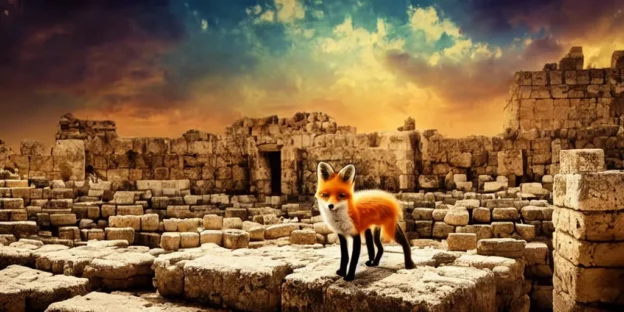The books considered holy by other religions present their heroes as flawless. One of the indications that the Torah, by contrast, is divine in nature is its recording of flaws of action or attitude in its greatest people. Considering the stature of the people exhibiting them, the flaws are always in reality more subtle than they seem, but are noted all the same.
An example is Yaakov Avinu’s response when asked his age by Par’oh. He replies: “The days of the years of my sojournings are 130 years; few and bad have been the days of the years of my life…” (Bereishis 47:9).
A Midrash quoted by the Daas Zekeinim has Hashem responding, “I saved you from Esav and Lavan, I returned Dina to you, and also Yosef, and you complain about the years of your life that they were few and bad?”; and reducing Yaakov’s life by 33 years, 33 being the number of words in the exchange.
It is said in the name of the Arizal that Yaakov’s soul inhabited Rabi Akiva. Their names share a root (and both married Rachels). Yaakov, the Arizal said, needed to atone for the 22 years he was away from his father Yitzchak, and Akiva “corrected” that inability of Yaakov to honor his father by serving his teacher, Nachum Ish Gamzu, for the same number of years.
It’s fascinating to realize that Rabi Akiva famously would say “All that the Merciful One does is for the [ultimate] good” (Berachos 60b) – an attitude that reflected the motto of his teacher, Nachum Ish Gamzu – “This, too, is for the good” (Taanis 21a). Hashem has a plan for us, and, even when its details are painful, it is for an ultimate good.
It would seem plausible that Rabi Akiva, by his adopted attitude, “corrected” the flaw in his predecessor Yaakov’s words. Yaakov saw the challenges he had been forced to face in some way as “bad.” But, as Rabi Akiva and his rebbe said, nothing Hashem does, no matter the pain it may yield, can be called anything but, evident or not, its ultimate essence: good.
I once overheard someone, asked how things were going, respond: “Everything’s going according to plan!” It was a truly insightful answer.
© 2023 Rabbi Avi Shafran









